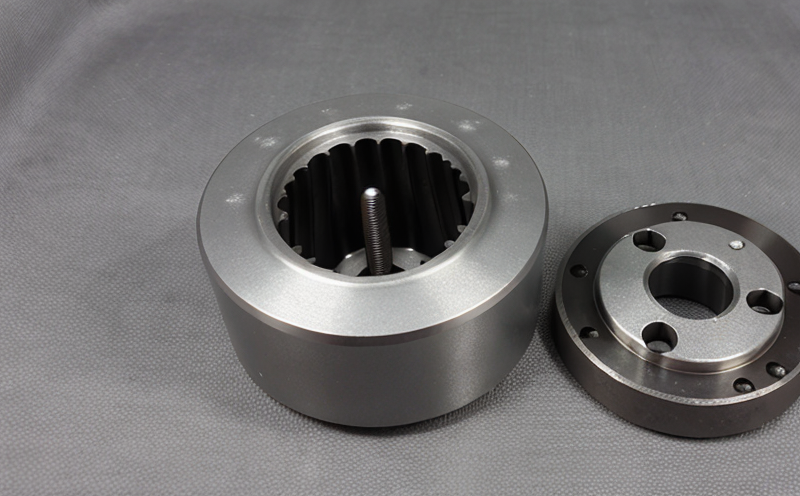ASTM E1409 Oxygen & Nitrogen in Refractory Alloys (Powders)
The ASTM E1409 standard method is critical for the characterization of oxygen and nitrogen content in refractory alloys, particularly powders. This service supports industries like metallurgy, aerospace, and manufacturing by ensuring the quality and reliability of materials used in high-temperature applications.
Refractory alloys are essential components in furnaces, kilns, gas turbines, and other equipment that operate at extreme temperatures. The presence of oxygen and nitrogen can significantly affect the mechanical properties, phase stability, and performance of these alloys over time. ASTM E1409 provides a standardized approach to measure these elements accurately.
The testing process involves several steps: sample preparation, activation, reduction, and analysis using techniques such as gas chromatography (GC) or infrared spectroscopy (IR). The method allows for precise quantification of both oxygen and nitrogen down to the parts per million (ppm) level. This precision is crucial for industries where even small variations in material composition can lead to significant performance differences.
ASTM E1409 specifies that the samples must be activated under controlled conditions before reduction to ensure accurate measurement of both oxygen and nitrogen. The method also outlines the use of specific reagents and gases, which are critical for obtaining reliable results. This standardization ensures consistency across different laboratories and helps in achieving reproducible data.
The ASTM E1409 protocol is widely recognized and accepted by industry stakeholders, including quality managers, compliance officers, R&D engineers, and procurement personnel. By adhering to this standard, manufacturers can ensure that their materials meet the required specifications, thereby enhancing product performance and reliability.
Benefits
- Ensures compliance with international standards for material testing.
- Provides accurate and reliable data on oxygen and nitrogen content in refractory alloys.
- Facilitates quality control by identifying potential issues early in the production process.
- Aids in research and development efforts to optimize alloy formulations.
- Supports procurement decisions by verifying material specifications.
Industry Applications
| Industry Sector | Application Area |
|---|---|
| Aerospace | Ensures the integrity of components in high-temperature engines and turbines. |
| Metallurgy | Supports alloy development and quality assurance in steel and metal production. |
| Manufacturing | Guarantees the reliability of materials used in industrial processes. |
Customer Impact and Satisfaction
- Enhanced trust in product quality due to consistent testing standards.
- Increased efficiency in production processes by identifying issues early.
- Promotes innovation through reliable data for research and development.
- Simplifies compliance with regulatory requirements across international borders.





